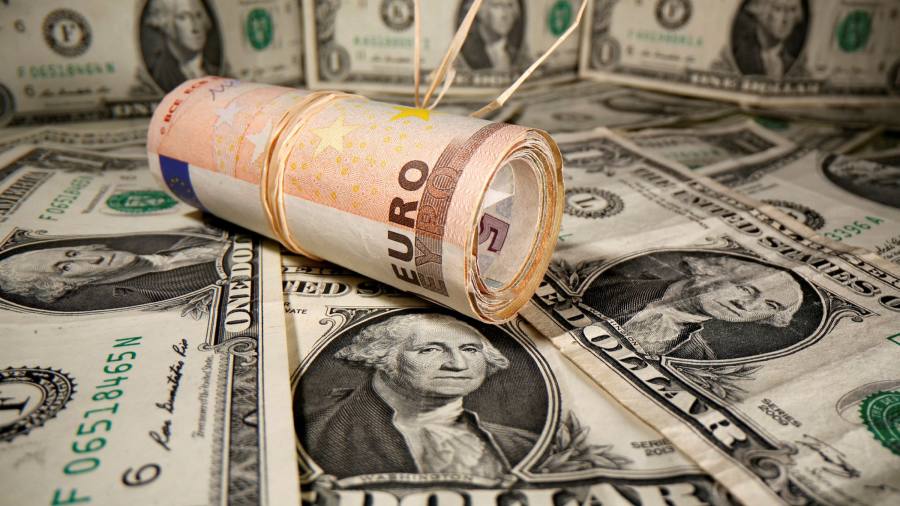[ad_1]
Interested in ETFs?
Visit the FT’s ETF Hub for news and analysis, investor education and tools to help you select the right ETFs.
State Street Global Advisors reported billions in net inflows last month into a recently launched US credit exchange traded fund that applies an environmental, social and governance screen.
The Irish-domiciled SPDR (R) Bloomberg SASB US Corporate ESG ETF, which launched last October, had €4.6bn in net inflows in February, according to Morningstar.
The ETF invests in US-dollar denominated, investment grade corporate bonds. Its underlying index was developed in collaboration with the Sustainability Accounting Standards Board and uses an ESG scoring system developed by SPDR, SSGA’s ETF business.
Fixed income ETFs with an ESG overlay gathered almost 25 per cent of the total net inflows that went into fixed income ETFs listed in Europe last year, according to SSGA.
Matteo Andreetto, head of SPDR ETFs for Europe, said more than $270bn was invested globally in fixed income ETFs last year, a record for the product type.
According to SSGA, fixed income will drive the growth of ESG ETFs.
SSGA has predicted that the global ESG ETF market could be $1.5tn in assets under management by 2025, which is the current size of the European ETF market.
Andreetto said demand from large institutional investors, asset owners and financial authorities was driving the growth of fixed income ETFs.
These large investors are typically asking if there is an ESG version because it is either part of their mandate or they want to improve the scoring of their ESG portfolio, said Andreetto.
Andreetto said large investors were turning to fixed income ETFs as tools to hedge their credit positions in the same sort of way as they might use S&P 500 futures to hedge their equity positions.
Investors can buy baskets of bonds or single fixed income securities but there is nothing that offers future functionality on corporates that is as liquid as a fixed income ETF, said Andreetto. “ETFs are extremely easy to transact compared [with] using a single bond,†he added.
For wealthy clients, the low cost of fixed income ETFs relative to mutual funds is also becoming a major driver of flows into the ETFs, he said.
Wealth channels are developing retail products made up entirely of ETFs as building blocks selected according to the chief investment officer’s market view, he said.
These products would traditionally have included single securities especially in fixed income, for example, Bunds or Daimler bonds for a German market.
Also, while a European wealth manager is comfortable picking single European government bonds, it may not be as comfortable picking US corporate bonds. A US credit ETF offers diversification and ease of use by comparison, he said.
However, the growing use of fixed income ETFs by clients that are experienced users of fixed income securities but have never traded an ETF requires an educational role from providers, he said.
The SSGA ETF was one of several ESG funds that got off to a strong start this year.
The other ESG funds with record assets under management growth were equity products. The biggest recipient of new money in January was the Amundi MSCI USA SRI ETF, which registered over €2.3bn of net inflows, according to Morningstar.
Hortense Bioy, director of sustainability research, global manager research at Morningstar, says: “In January alone four ESG funds recorded inflows of more than €1bn each. That’s unheard of.â€
*Ignites Europe is a news service published by FT Specialist for professionals working in the asset management industry. It covers everything from new product launches to regulations and industry trends. Trials and subscriptions are available at igniteseurope.com.

Click here to visit the ETF Hub
[ad_2]
Source link






